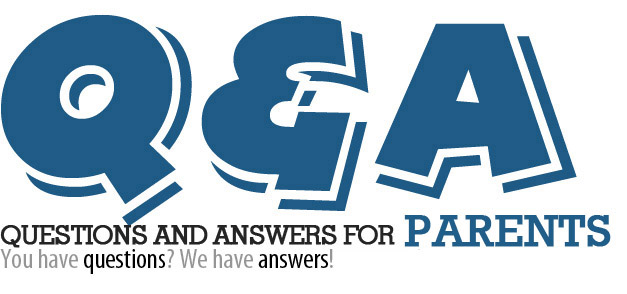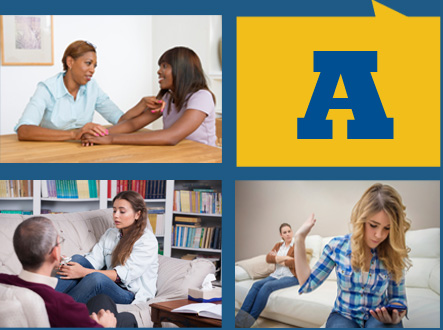Teenagers may not take the idea of mortality very seriously, and they often brush off subject of death with a "that won't happen to me" response. It is imperative that you break through this barrier in your discussion.
Listen to how your child answers your questions, and if it appears he or she is not taking it seriously, make it a little more personal. Discuss which of their friends could be most likely to have an accident and the underlying personality traits of that friend. Examine what behaviors they have while they are driving.
When you bring up the concept of a fatal car accident, make sure your teen knows that your concern is based on love. The subject of injuries from a serious accident could bemore effective than discussing death. The idea of facial disfigurement or paralysis can be a powerful deterrent. Unfortunately, these injuries are far too common in auto accidents.
This student reenactment of a horrible accident that injured several teens and killed one is a powerful demonstration for your teen of the impact one bad decision can have.
If your son or daughter does not appear to take the subject of safe driving seriously, end the meeting and say that you would like to talk about it when he or she is ready to participate in the conversation, as it is that important to you. Every approach you take must be based upon how your child responds to the conversation, and the threat of consequences (such as no driving) should only be employed when no other strategy has been effective.
If you have communication problems with your child, talking about these difficulties is your first step. Listen carefully to his or her viewpoint, and acknowledge the errors you have made (yelling, unfair punishments, failing to listen – anything). A heavy-handed authoritarian approach can make a child prone to bad decisions when facing peer pressure. Your first step is to establish healthy communication with your child.
There are many resources to help parents to re-establish communication. There is a great deal of practical advice online, such as this insight from an article by Debbie Reber:
"Resist the urge to jump in — "You and your friends did what?" — and instead, stay calm, nod and thank your daughter for sharing. If it's the kind of information that requires action on your part, take time to regroup, so that when you do bring it up, you can do it in a non-threatening way."







